Electric cargo utility ebikes are powerful electric bicycles designed specifically to carry heavy loads or multiple passengers with ease, combining motorized assistance and enhanced frame durability for utility and commercial use. These bikes redefine urban transport by offering eco-friendly, cost-effective alternatives for hauling goods and commuting efficiently.
What Are Electric Cargo Utility Ebikes and How Do They Work?
Electric cargo utility ebikes integrate electric motors—typically ranging from 250W to 1000W or more—with specialized cargo frames to support added weight. The electric motor assists pedaling, reducing rider fatigue when transporting bulky or heavy items. These bikes feature reinforced chassis and expanded carrying platforms or cargo boxes to maximize utility.
Which Types of Electric Cargo Bikes Are Commonly Available?
Several major types exist, including long-tail cargo bikes with extended rear racks, front-loading "bakfiets" style cargo bikes with enclosed boxes, and compact utility ebikes designed for urban delivery. Each type caters to specific loads and rider preferences, from family transportation to commercial last-mile logistics.
How Do Motor Power and Battery Capacity Affect Performance?
Motor power directly influences the bike's ability to carry heavier loads effortlessly and tackle hills. Higher wattage motors (750W+) provide stronger assist levels. Battery capacity, usually rated in volt-amperes (VAh), determines range—larger batteries enable longer trips even with full cargo weight.
Motor and Battery Performance Chart
| Specification | Typical Range | Impact on Utility Ebike |
|---|---|---|
| Motor Power | 250W – 1000W+ | Enables carrying heavy loads |
| Battery Capacity | 400Wh – 1000Wh+ | Extends travel range under load |
| Range per Charge | 20 – 60+ miles | Critical for delivery efficiency |
What Load Capacities and Utility Features Do These Ebikes Offer?
Electric cargo utility ebikes commonly support 200 to over 400 lbs of cargo including passengers. They often include features such as integrated lights, adjustable racks, waterproof storage boxes, and sturdy kickstands. Some models feature modular accessory mounts to customize for specific tasks like grocery shopping or parcel delivery.
How Do Electric Cargo Utility Ebikes Benefit Users and the Environment?
By replacing car trips with electric-assisted cargo transport, these ebikes reduce greenhouse gas emissions and urban congestion. They lower transportation costs through reduced fuel and parking expenses, increase mobility for small businesses, and promote healthier lifestyles by encouraging cycling activity.
What Design Elements Improve Usability and Durability?
Robust frames made from aluminum or steel alloys provide strength without excessive weight. Suspension systems improve ride comfort under load while hydraulic or disc brakes ensure stopping power. Foldable designs offer space-saving convenience. Weather-resistant components protect the bike in varied climates.
How Does TST EBike Stand Out in the Electric Cargo Utility Market?
Founded in 2017, TST EBike integrates consumer feedback into their designs, producing high-power and cost-effective electric bikes focused both on performance and durability. Their 26-inch and 27-inch cargo ebikes uniquely address diverse terrains like sand, snow, and city commutes—with strong quality control and support systems.
What Should Buyers Consider When Choosing an Electric Cargo Utility Ebike?
Key factors include intended cargo weight, daily travel distance, terrain type, desired motor power, and battery range. Buyers should seek models with adequate load capacity, reliable braking systems, and ergonomic features. Warranty coverage and service availability are also critical for long-term satisfaction.
What Maintenance Practices Ensure Longevity and Reliability?
Regular battery charging without letting it fully deplete, cleaning and lubricating moving parts, inspecting brakes, and checking tire pressure optimize performance. Seasonal storage in dry conditions and prompt replacement of worn components extend the lifespan of an electric cargo utility ebike.
TST EBike Expert Views
“TST EBike’s mission to combine high power with affordability has propelled electric cargo utility ebikes into practical daily use,” says a TST EBike specialist. “By focusing on rider needs and terrain versatility, these bikes transform delivery and commuting, offering sustainable, reliable transport alternatives for consumers and small businesses alike.”
Which Frequently Asked Questions Should Potential Buyers Know?
Q: How much weight can electric cargo utility ebikes carry?
A: Typically between 200 to 400+ lbs depending on model.
Q: What is typical range under full load?
A: Between 20 to 60 miles on a single charge.
Q: Are these ebikes suitable for rough terrains?
A: Yes, models with 26-inch wheels handle snow, sand, and uneven roads effectively.
Q: How long do batteries last before replacement?
A: Most lithium batteries last 3-5 years with proper care.

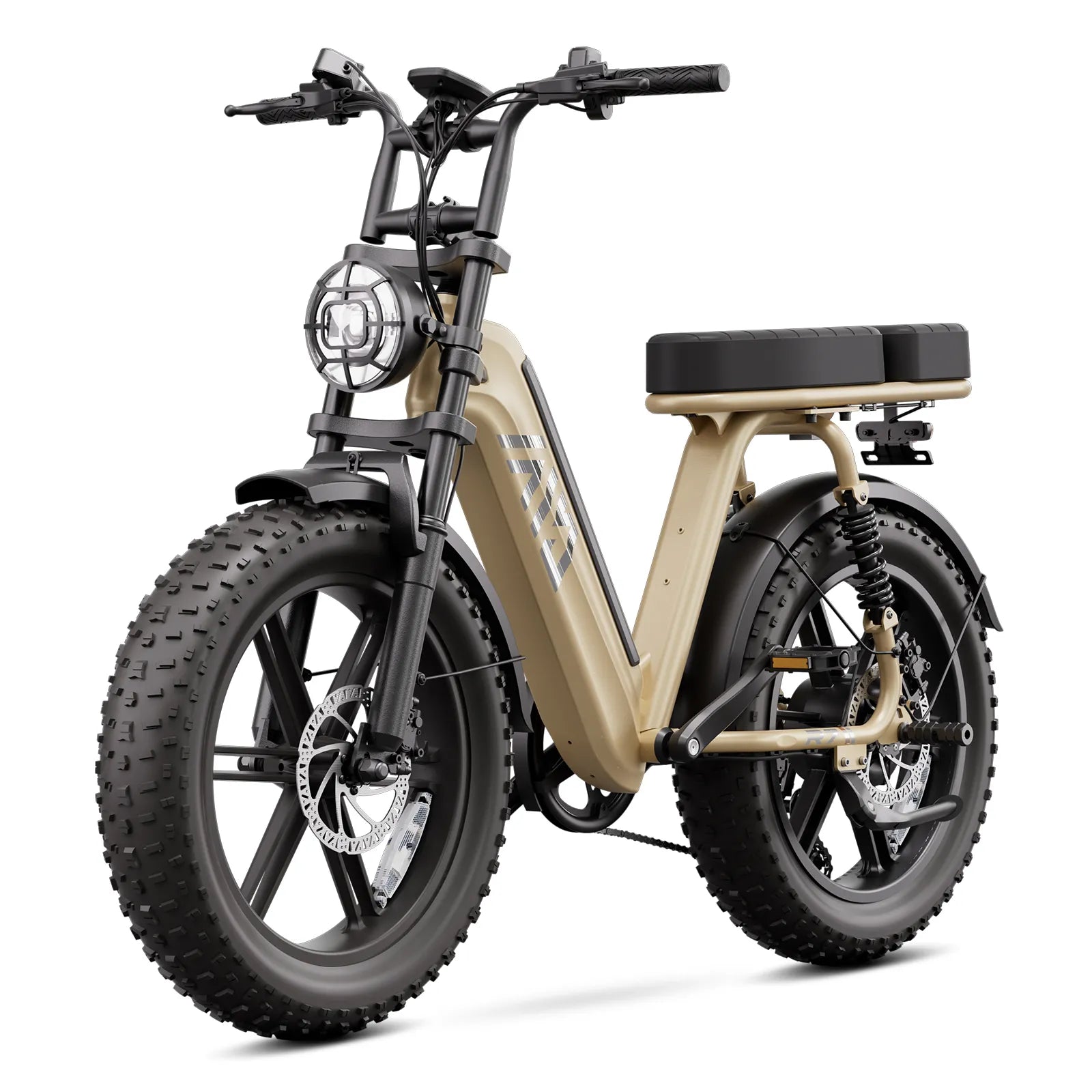
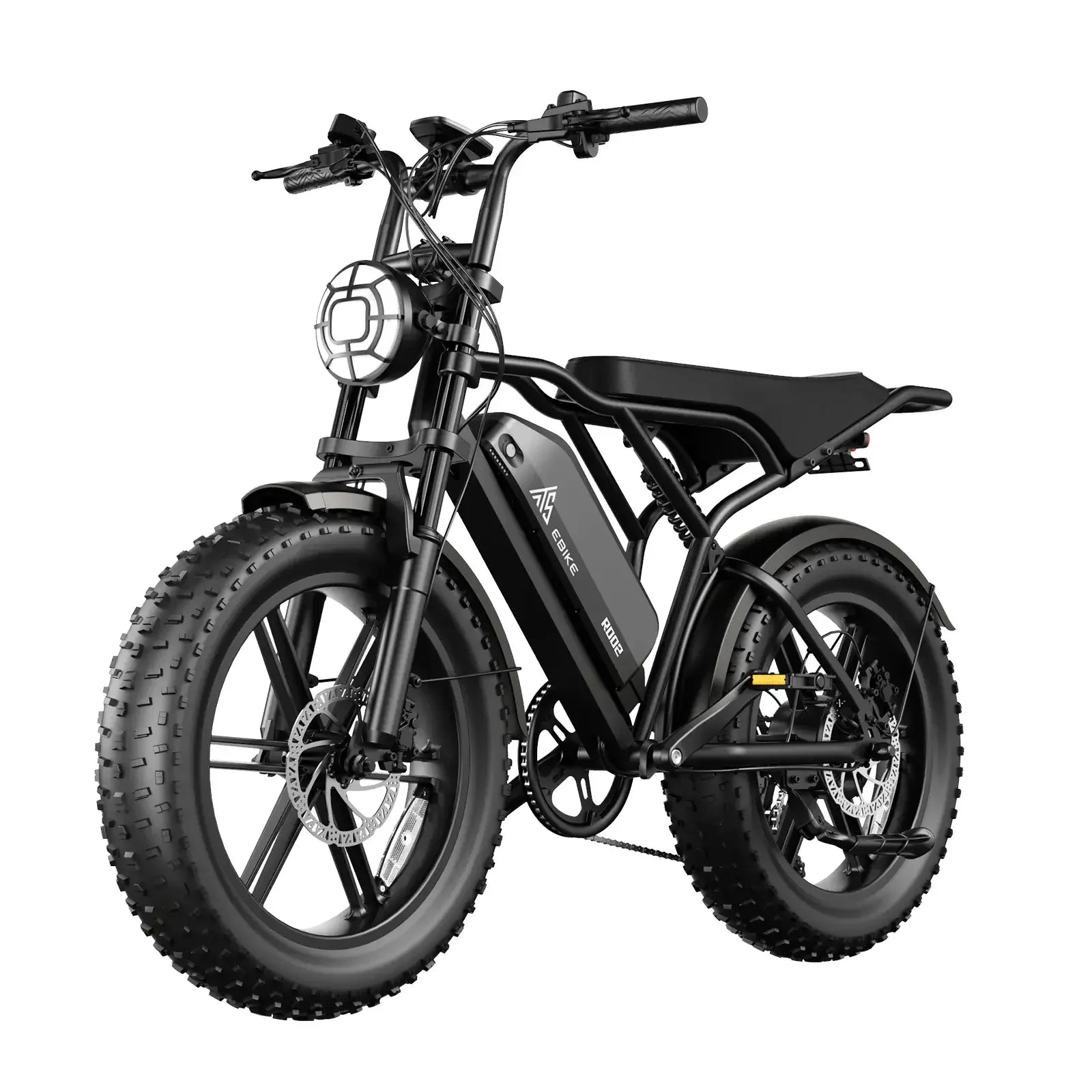

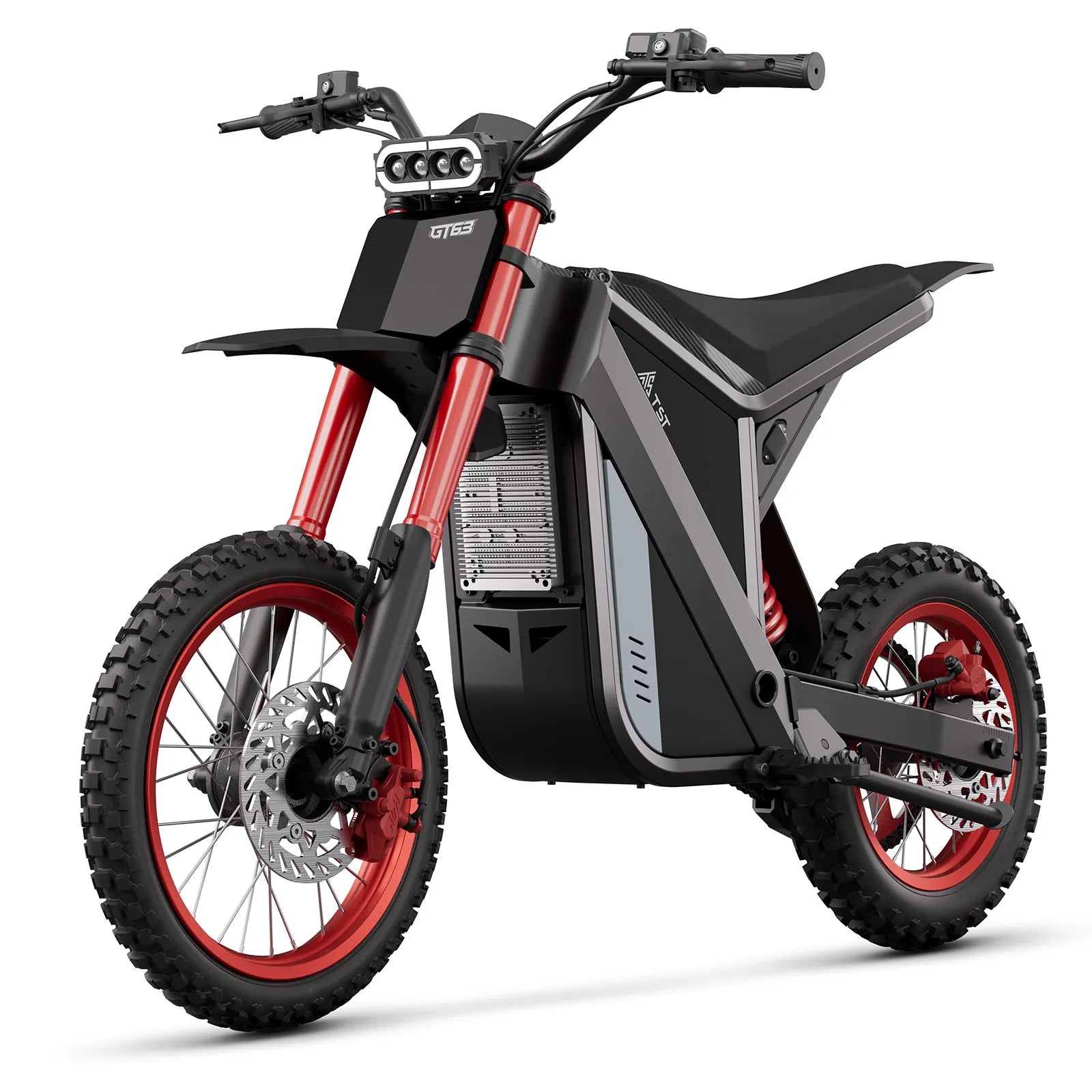
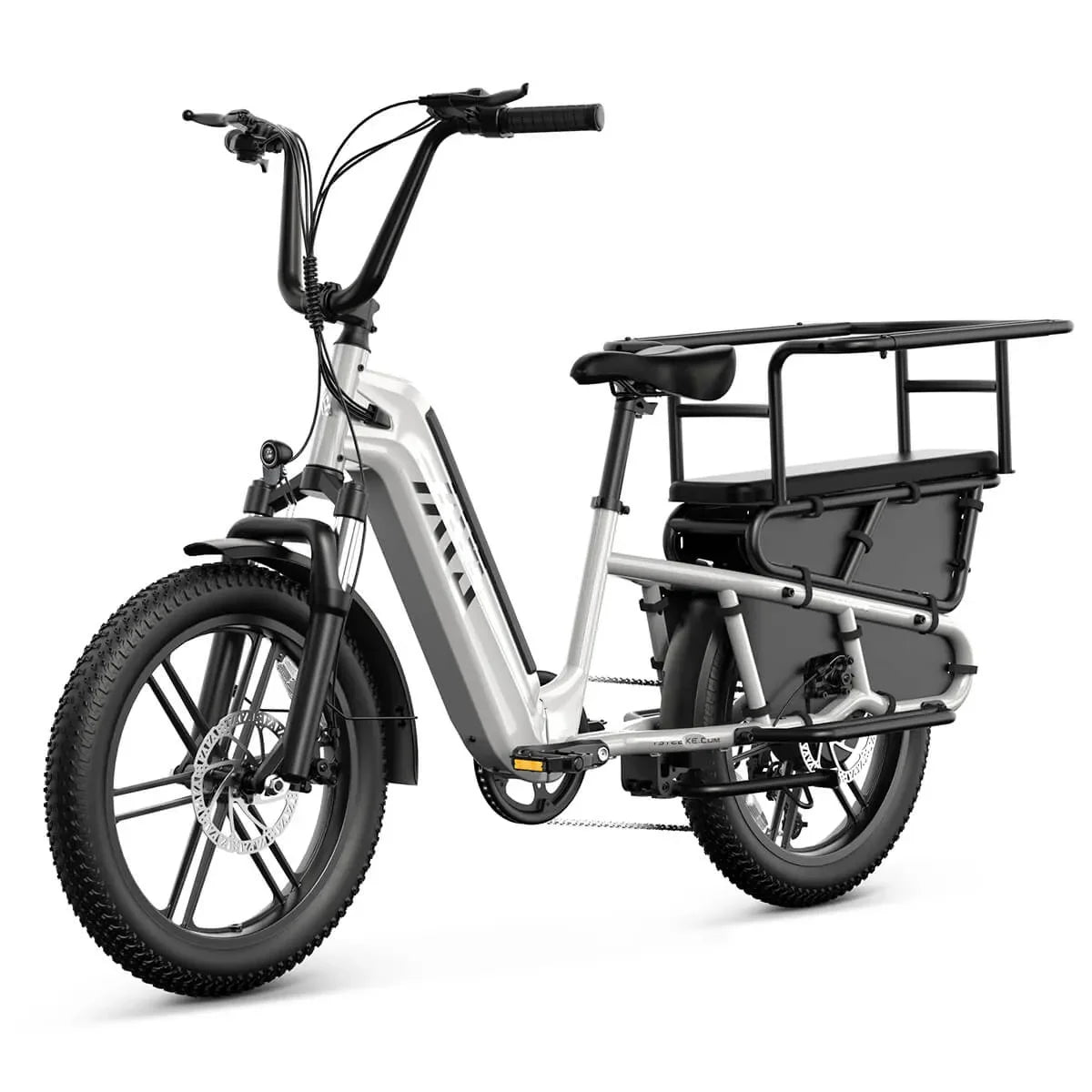
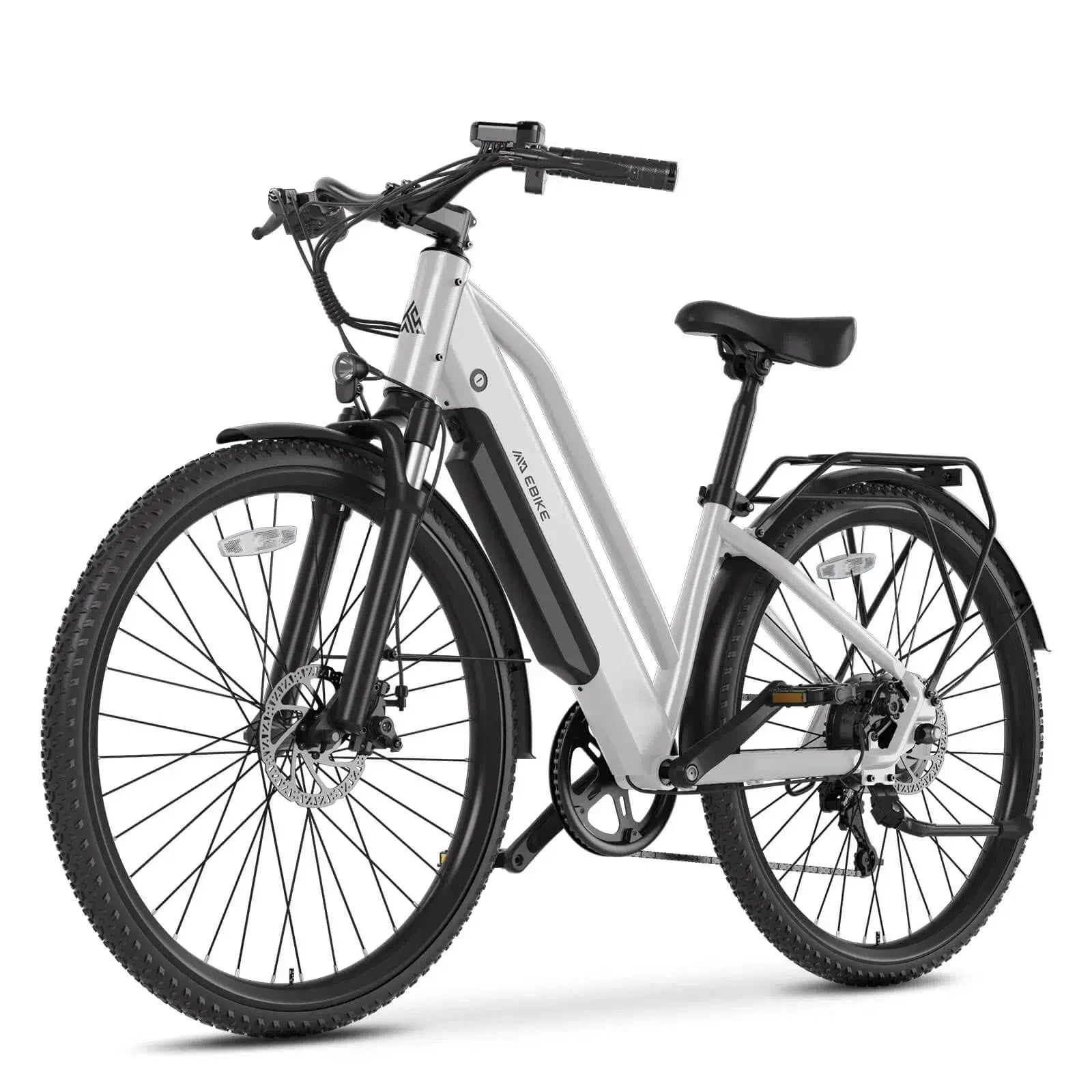
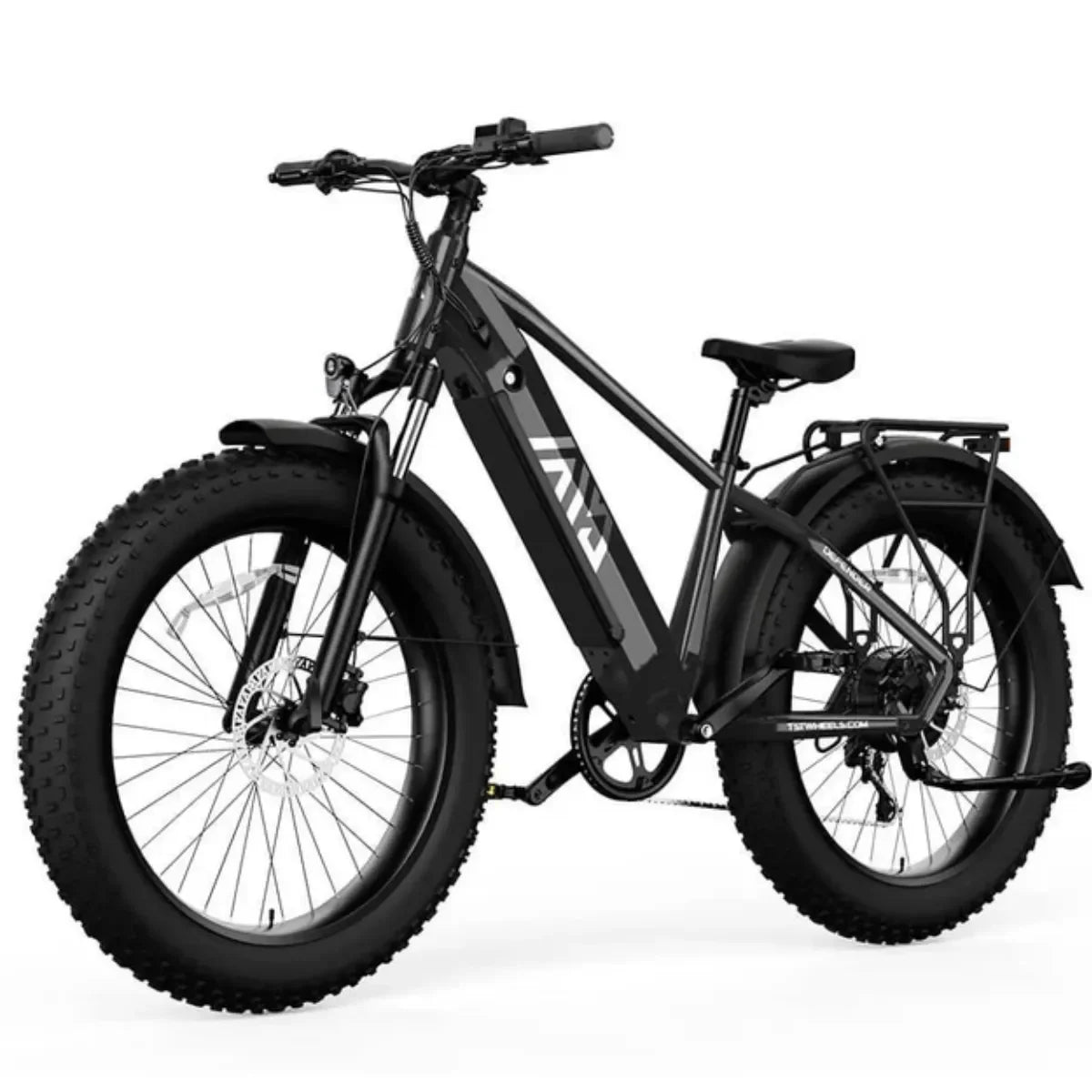
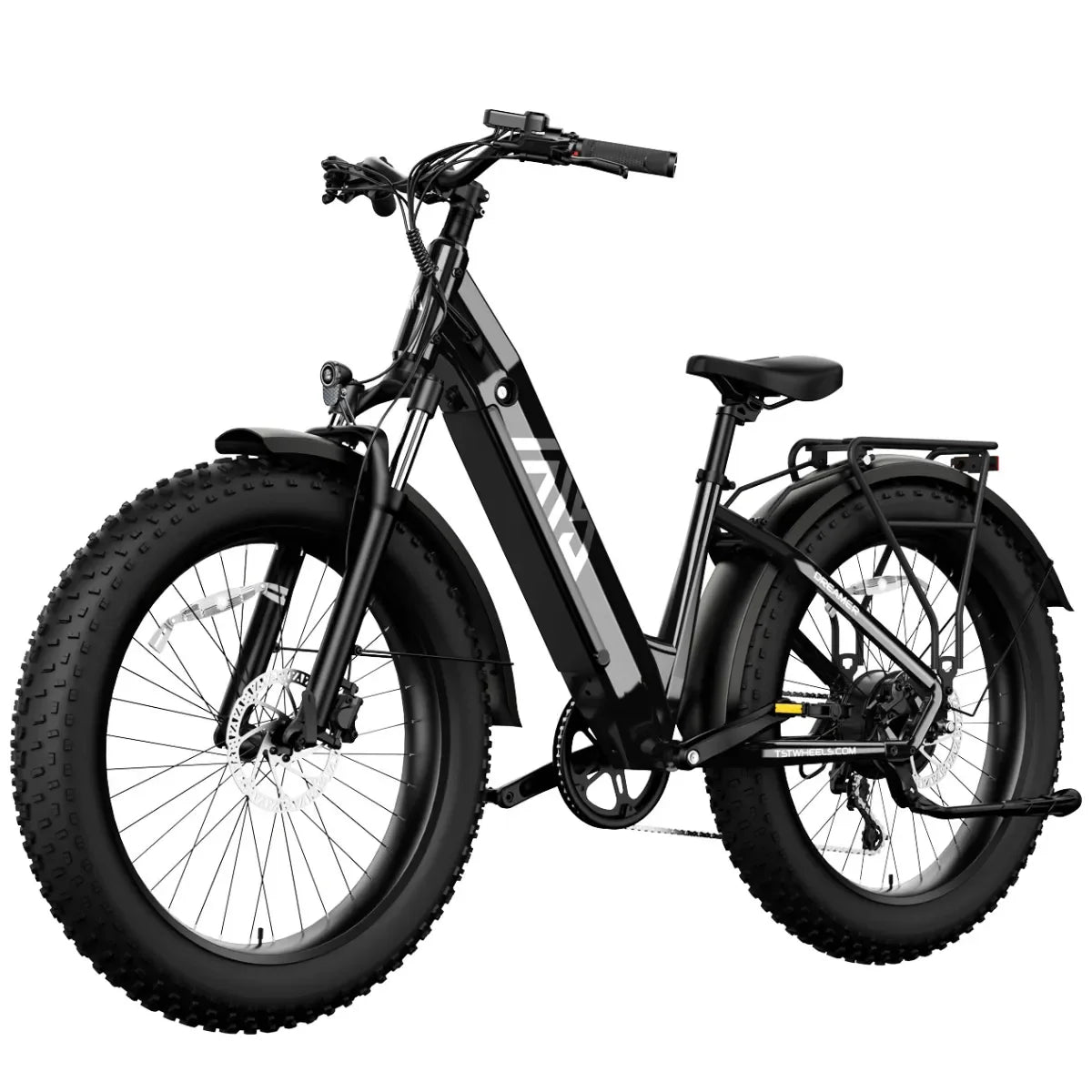
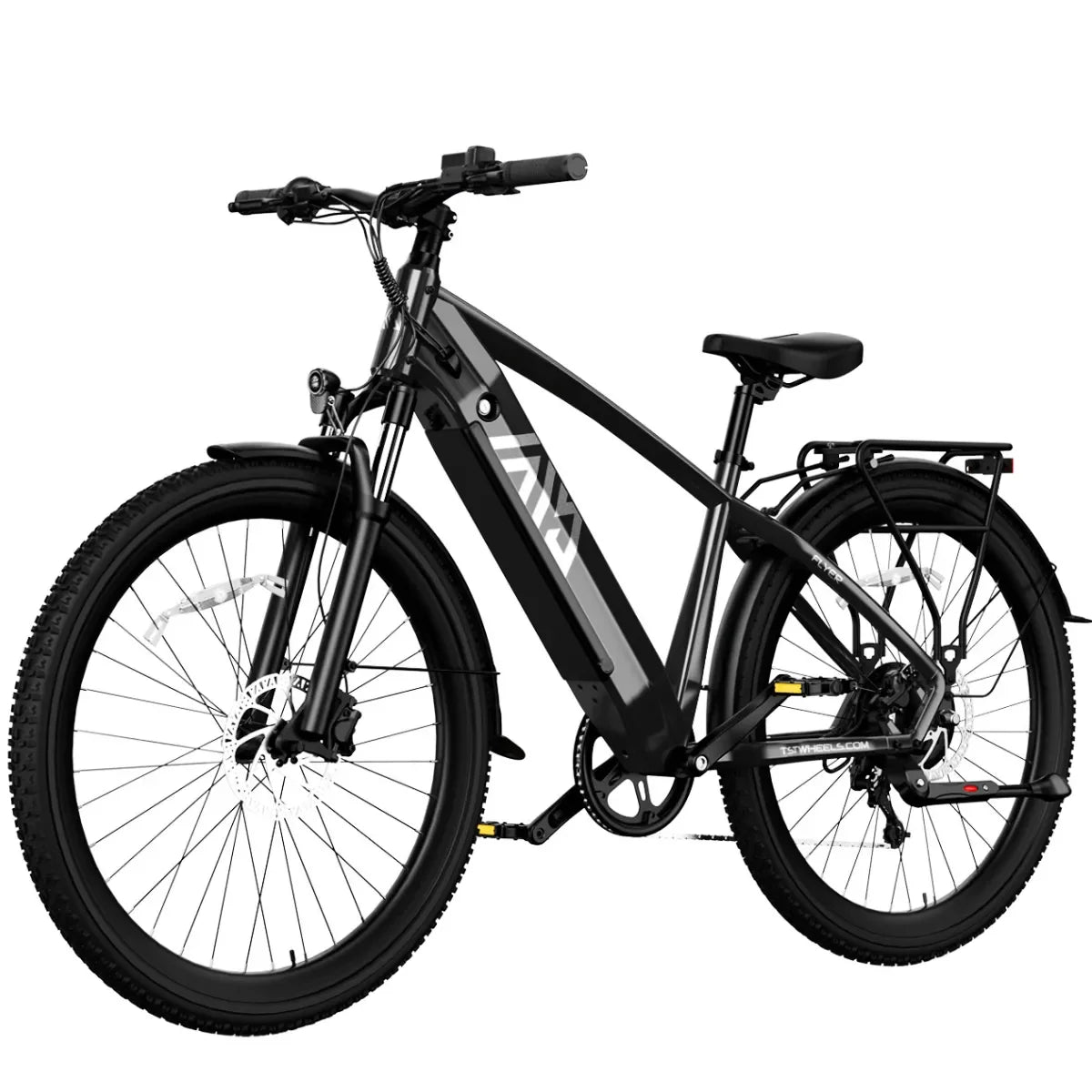
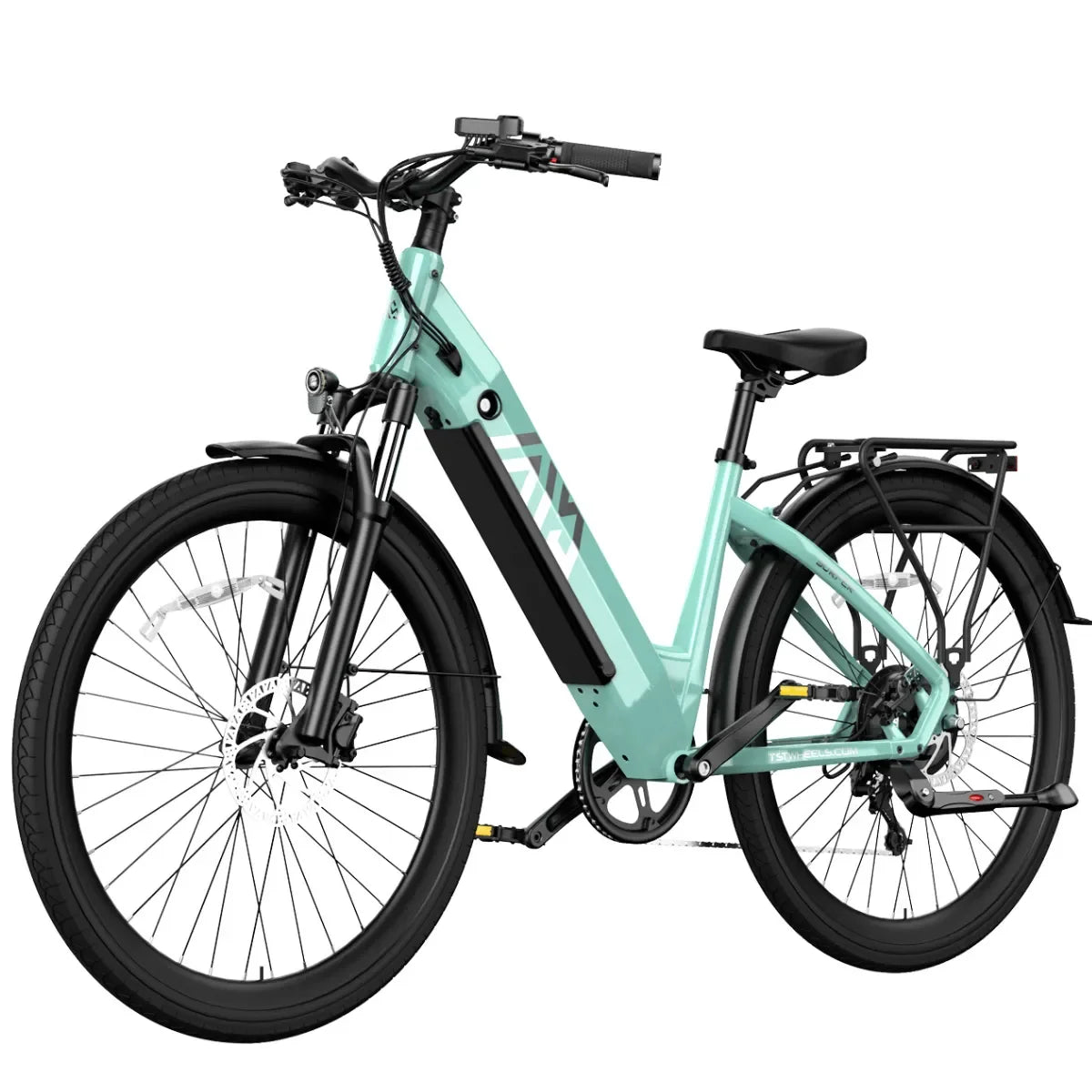
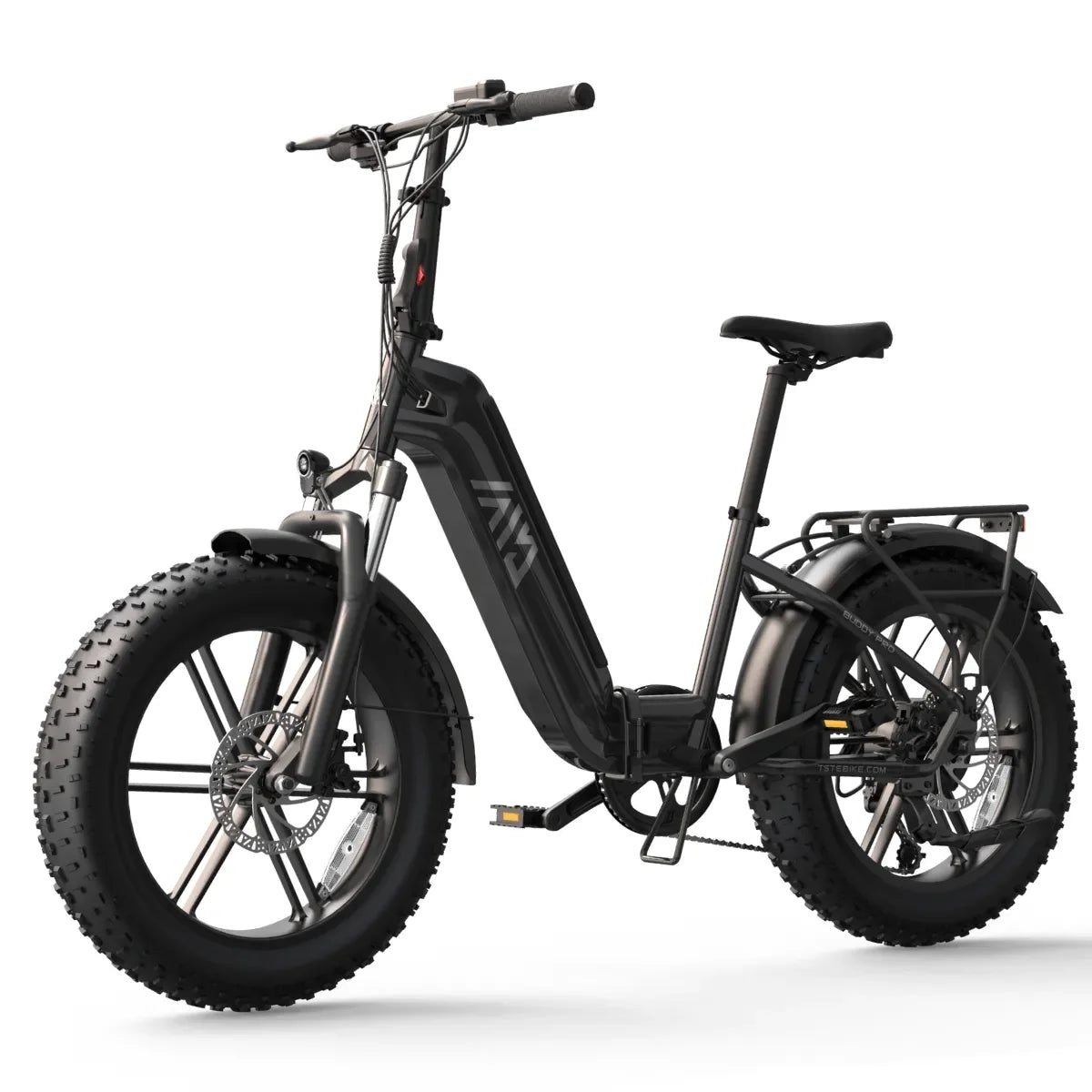
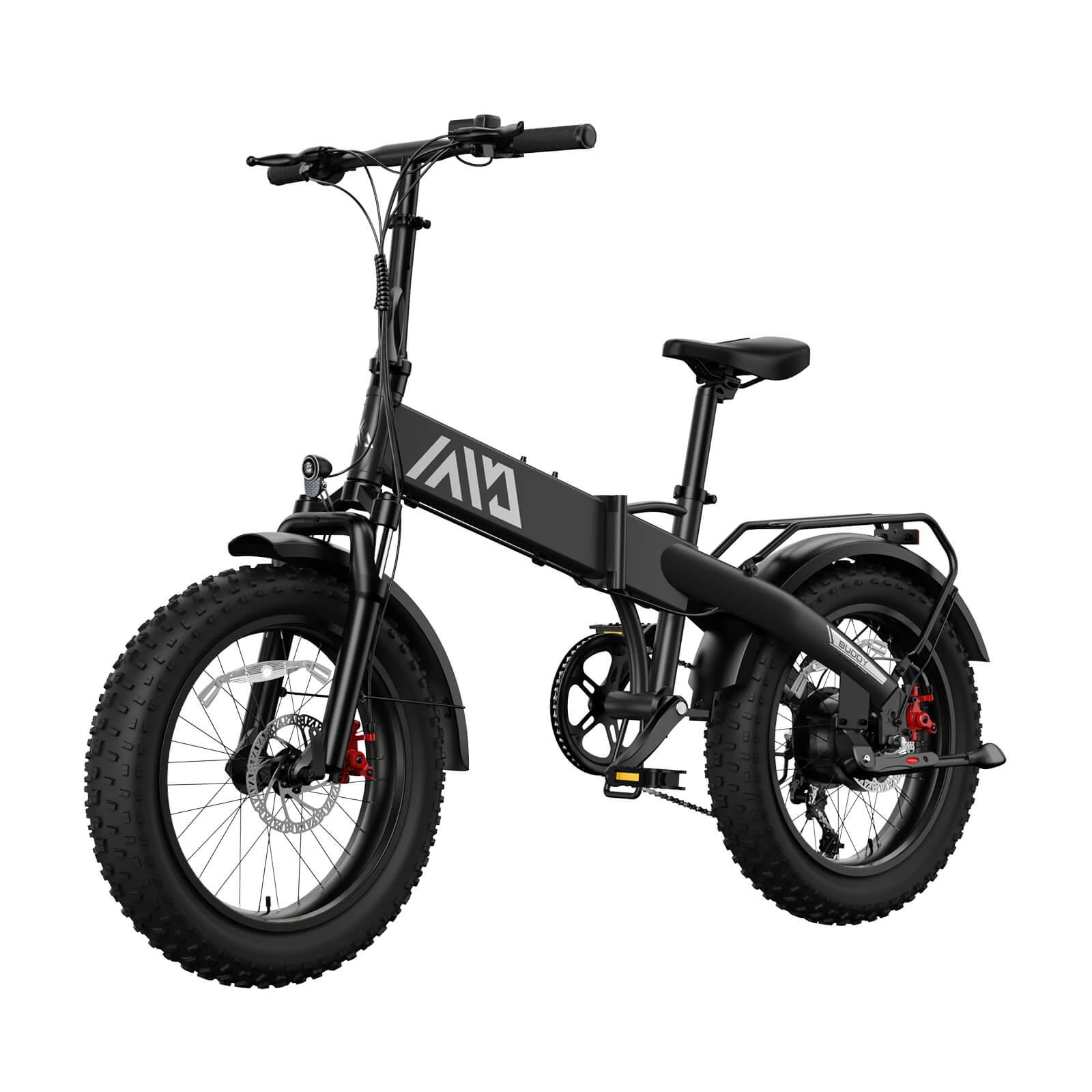


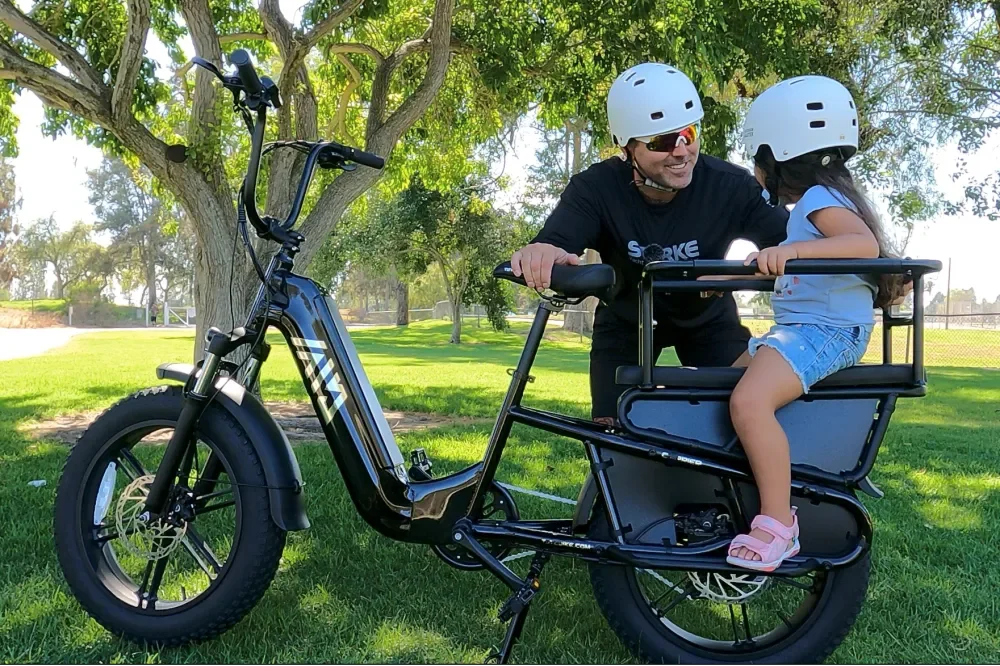

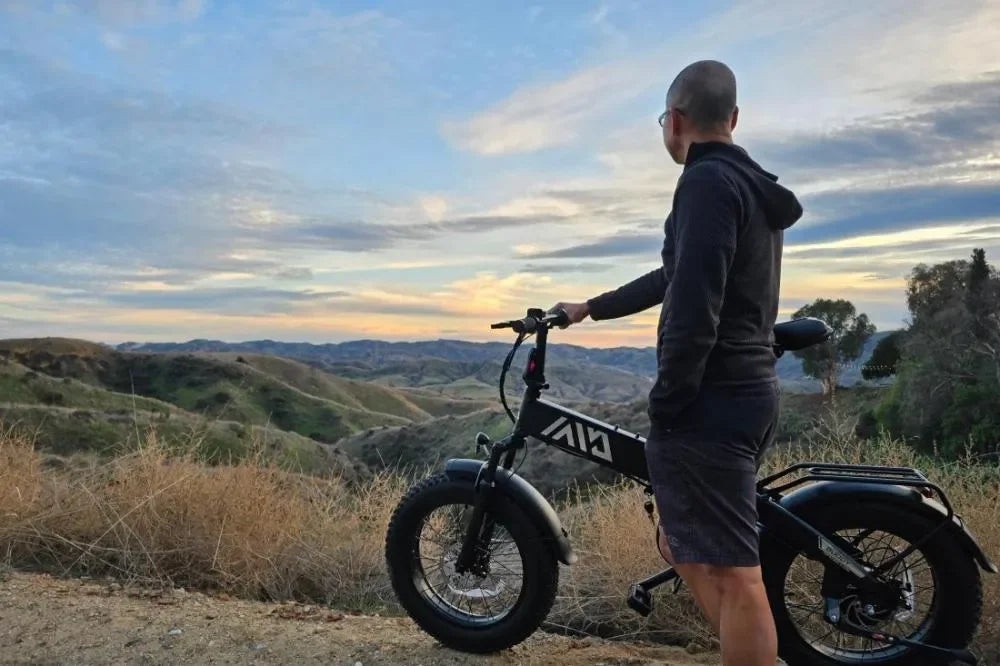
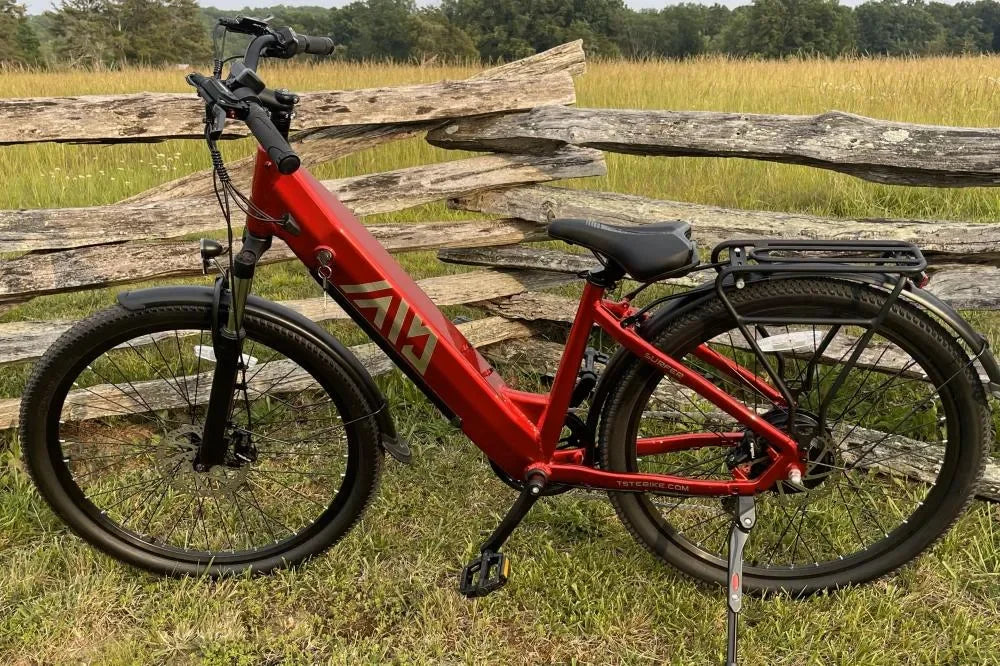
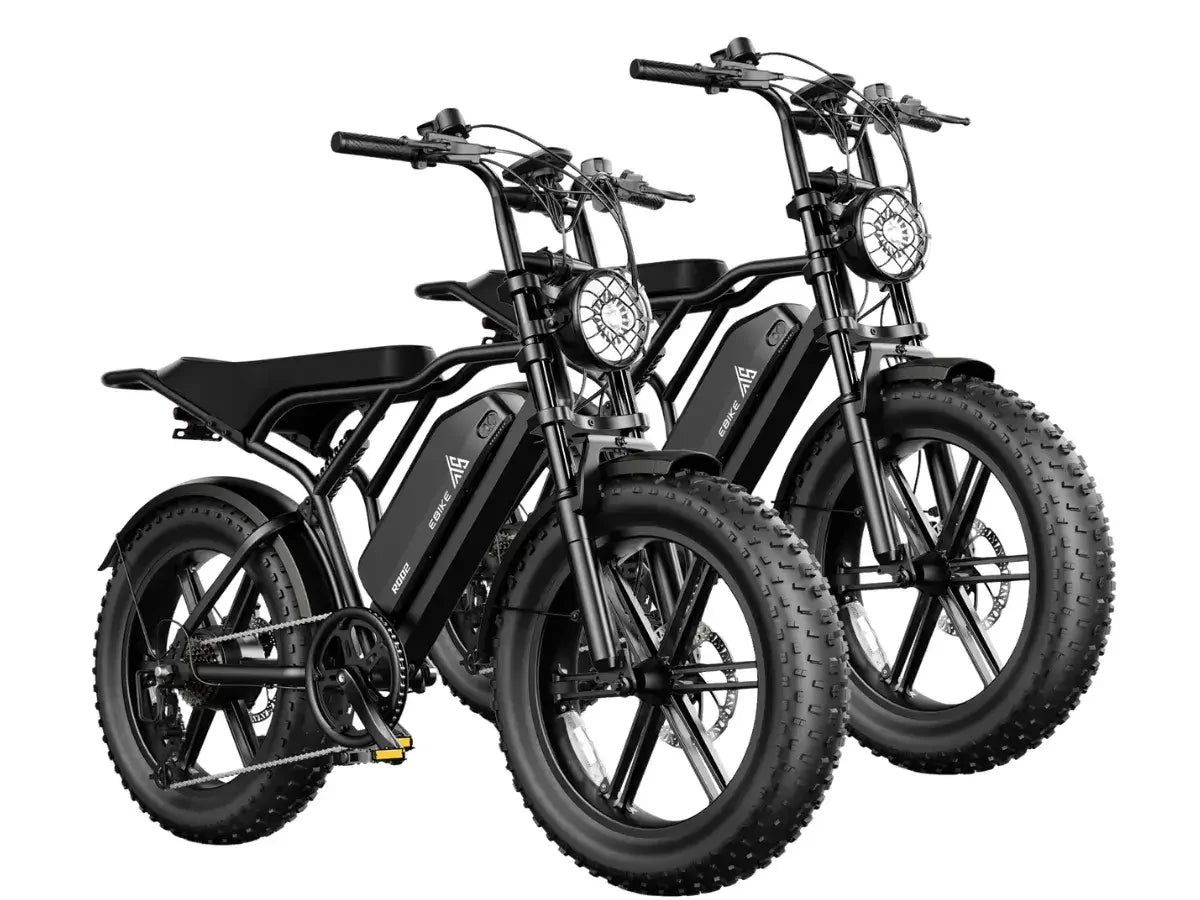
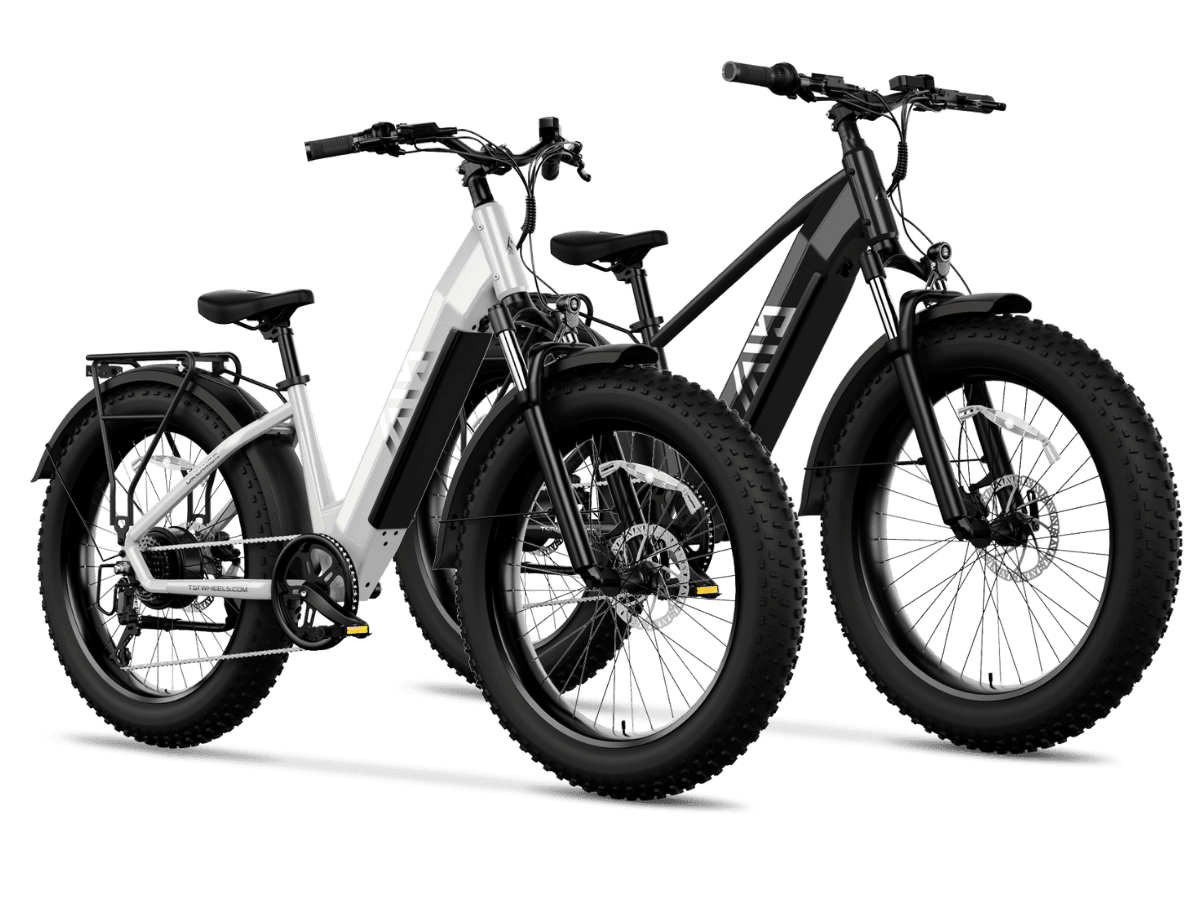
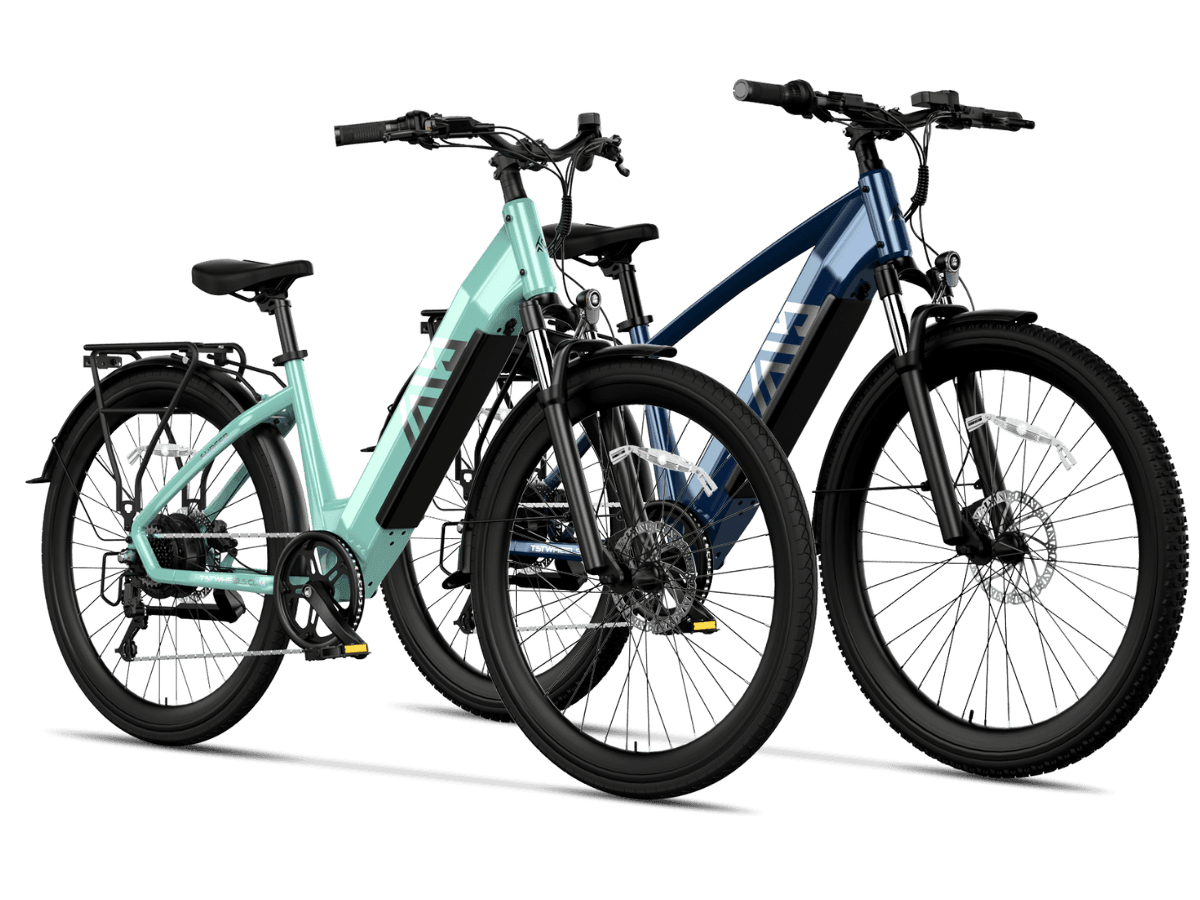
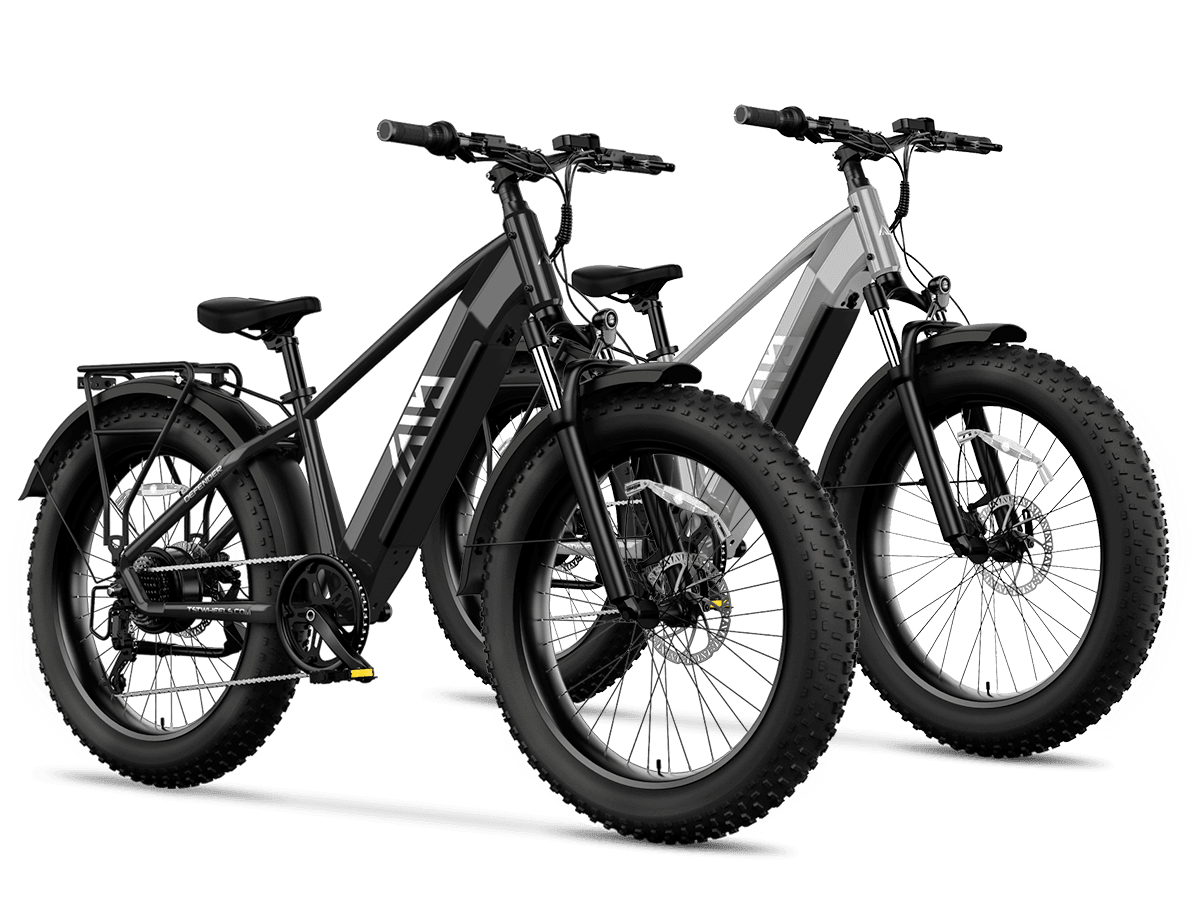
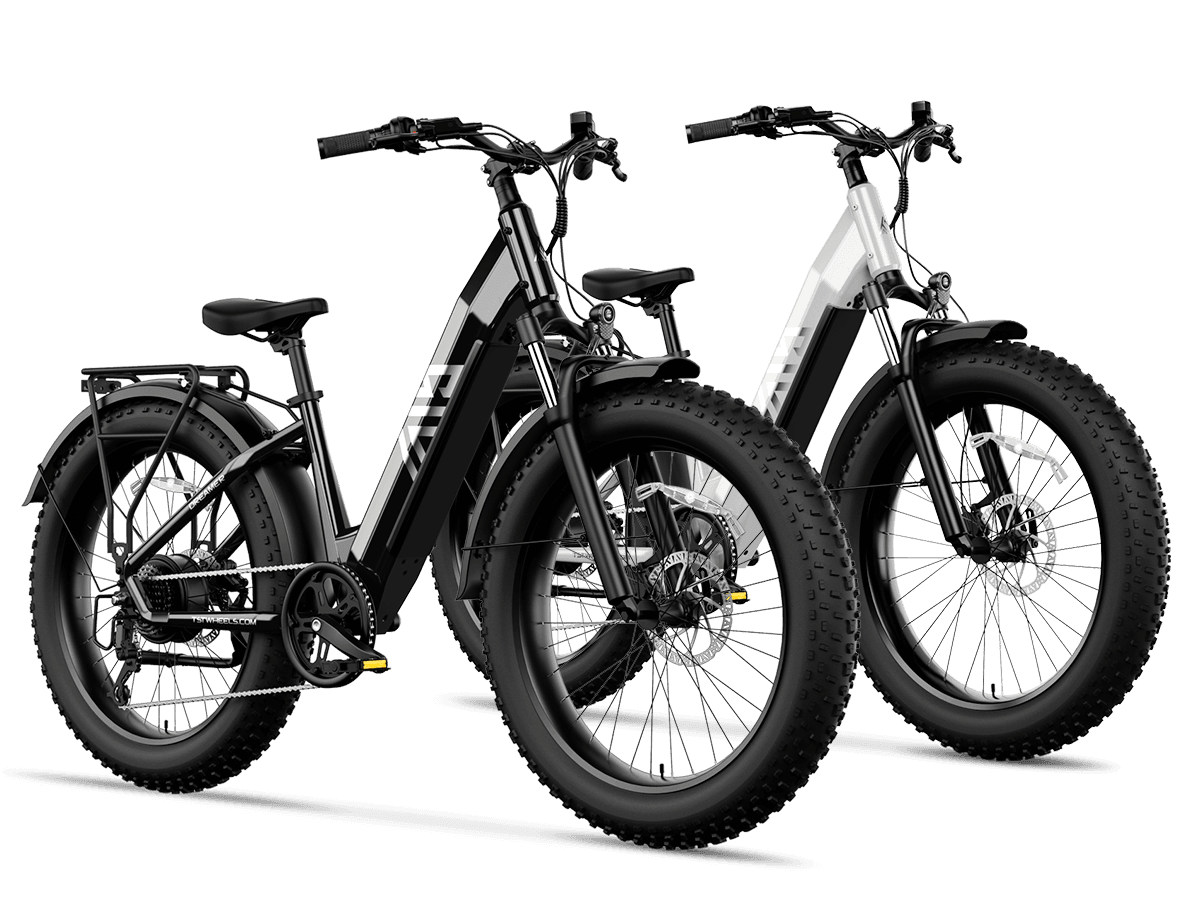
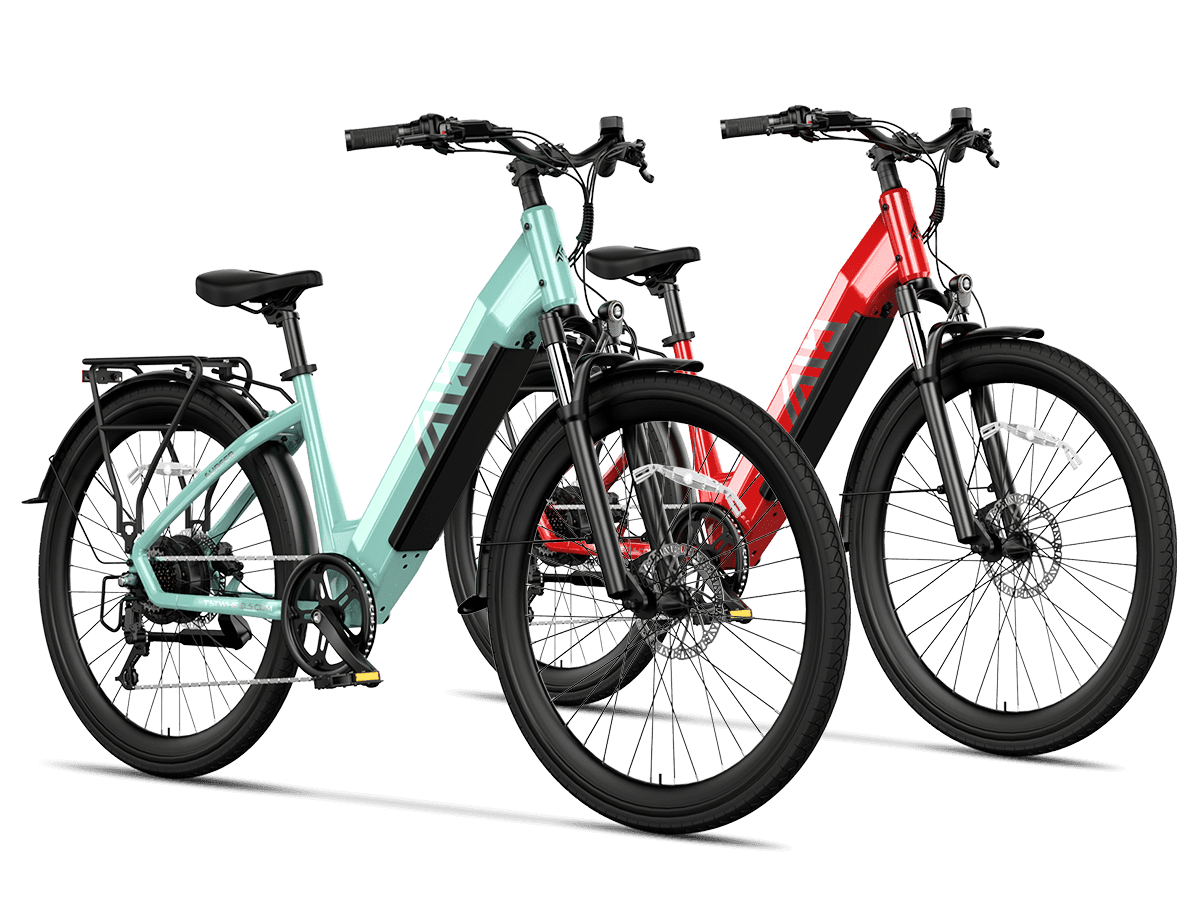
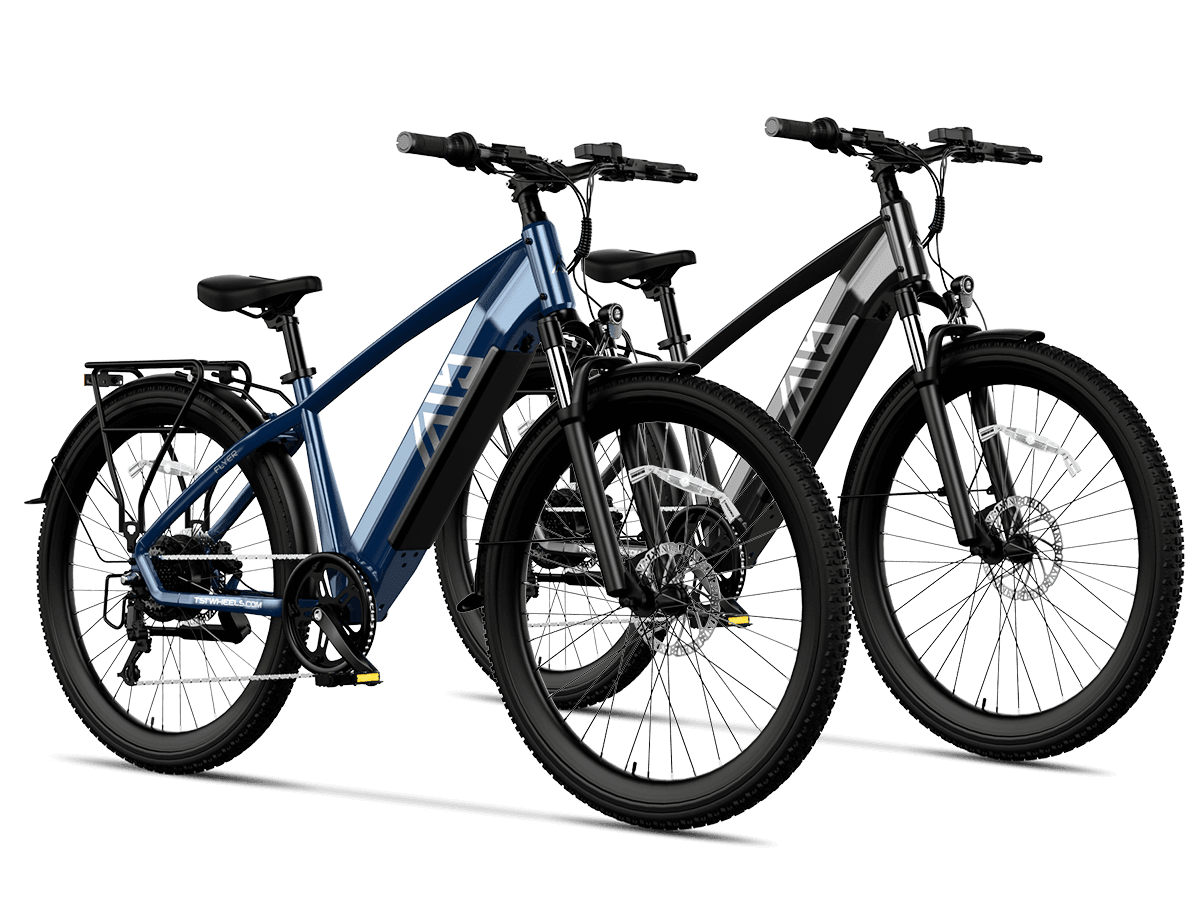
Leave a comment
This site is protected by hCaptcha and the hCaptcha Privacy Policy and Terms of Service apply.